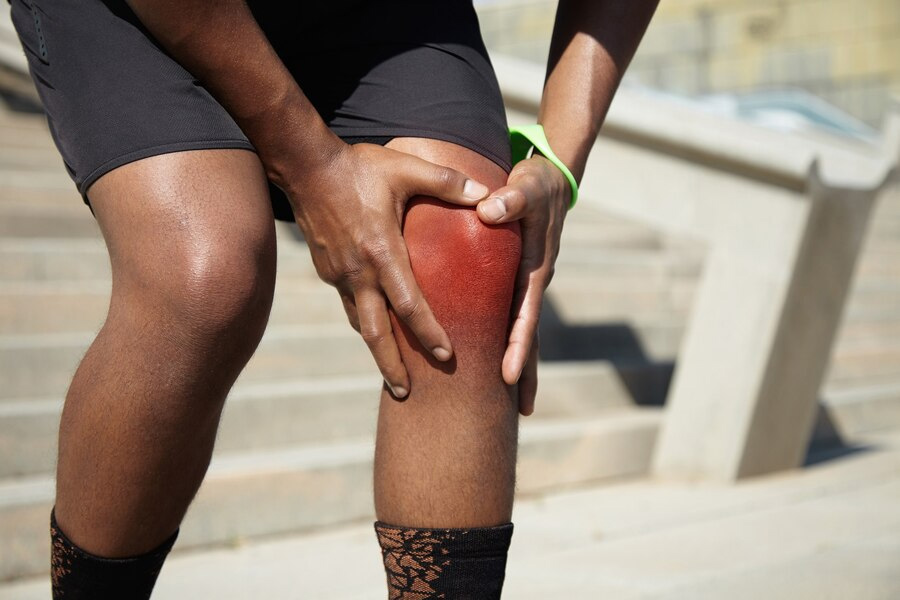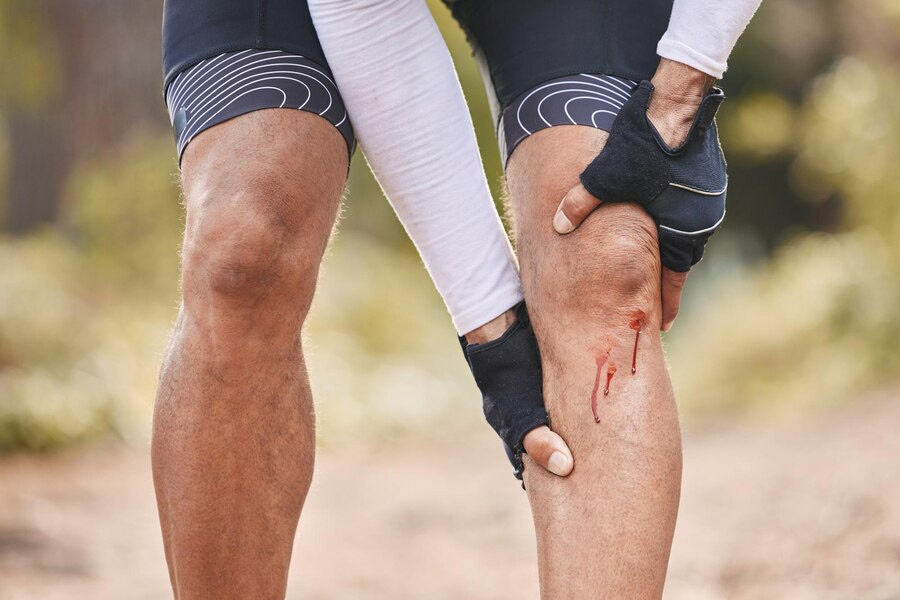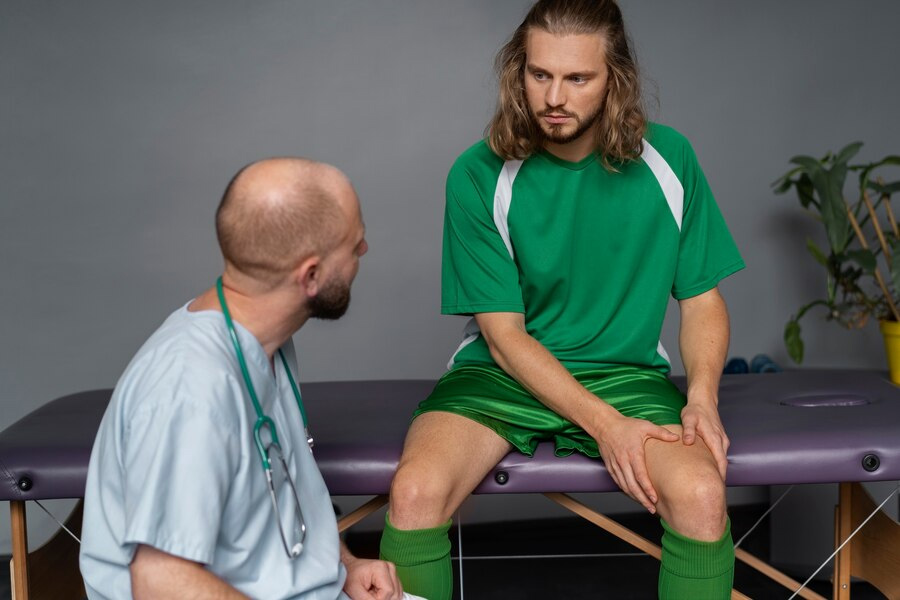
If you are a sports enthusiast, particularly a footballer or a gymnast, you're likely to have heard about an ACL injury. The Anterior Cruciate Ligament (ACL) is a ligament in the knee that connects the thighbone to the shinbone. An ACL injury occurs when the ACL accidentally gets stretched and torn partially or completely, leading to pain, swelling, and restrictive movements.
Table of Content:-
While not all ACL injuries require surgery, factors like the patient's age, the severity of the tear, and their activity level are key in determining the best course of treatment. But the quest to recover does not end here. If, in case, a patient needs to undergo a surgery, a lot needs to be taken care of to speed up the recovery. Here's everything you need to know about the do's and don'ts before and after an ACL surgery.
Also Read: ACL Vs MCL Tear: What Is The Difference And How Treatment Differs
What Is An ACL Tear?

According to StatPearls Publishing, the ACL is the most commonly injured ligament in the knee, accounting for almost half of all knee injuries.
An ACL tear is an injury to one of the four ligaments that connect the shinbone, or tibia, to the thighbone, also called the femur, in the knee. It usually happens when knee movements extend the normal range of motion, often during sports activities. This can happen during sports activities like soccer, football, basketball, and skiing.
Research suggests that most ACL tears in athletes happen without direct contact, usually during a pivoting movement where the lower leg shifts forward while the knee is slightly bent and angled inward. A direct blow to the outside of the knee can also cause a tear.
Athletes most commonly at risk for non-contact ACL injuries include skiers, soccer players, and basketball players, while football players are more prone to contact-related ACL tears.
What Precautions To Take Before And After An ACL Surgery

Dr Sinukumar Bhaskaran, Consultant - Adult Joint Replacement and Reconstruction and Robotic Arthroplasty (Hip and Knee), Manipal Hospital, Kharadi, Pune, explains that faster recovery after ACL surgery comes from strengthening the muscles around the knee, especially the hamstrings and quadriceps. He recommends "prehabilitation" exercises to improve knee stability and flexibility before surgery. Prehabilitation refers to the methods that help patients improve their physical and mental health before, during, and after surgery or a long and exhausting treatment, like cancer treatment.
Elevating the leg, using ice to reduce swelling, and managing pain with prescribed medications are also helpful.
After surgery, maintaining a healthy weight reduces stress on the knee. It's important to discuss your medical history with your surgeon, as conditions like diabetes or clotting disorders might require special attention. Avoiding smoking and excessive alcohol consumption also promotes better recovery, the doctor added.
Also Read: Anterior Cruciate Ligament Injury: What If It Is Neglected?
Exercises To Do And Avoid Post-Surgery
While some amount of physical activity is crucial, it is important to not strain the affected ligaments and nearby areas.
Therefore, one should avoid running, jumping, and pivoting, as these are high-impact exercises that can worsen the symptoms. Additionally, the patients must avoid open-chain knee extensions, leg presses with heavy weights, and deep squats, as these overstress the graft and cause problems.
To avoid re-injury, avoid twisting or abrupt direction changes.
Post-ACL surgery, patients can work towards strengthening their knee and improving its mobility through a systematic rehabilitation program.
Exercises for the early stages include heel slides, quadriceps sets, and passive range-of-motion exercises.
Knee stability is improved by resistance training that targets the quadriceps, hamstrings, and glutes about three months after surgery. To improve coordination, you can indulge in proprioceptive training, such as controlled agility movements and single-leg balance exercises.
By six months, the knee is ready for higher-impact activities due to plyometric workouts like controlled leaps and sport-specific drills.
It is important that all workout sessions are supervised by a physiotherapist, as this ensures a reduced chance of re-injury.
How Long Does It Take To Recover From An ACL Surgery?

Recovery times depend on the extent of the damage, the surgical method, and how efficient the patient was and is at following the post-surgery guidelines.
According to Dr Bhaskaran, a complete recovery often takes six months to a year. The main goal is to reduce swelling, regain range of motion, and start muscle activation. “By the third month, low-impact activities and progressive strengthening exercises are incorporated into the recuperation process. Balance training, controlled sports drills, and progressive loading can all be included between four and six months. The surgeon must normally provide his or her approval before returning to high-impact sports or physically demanding activities, which is usually nine months later,” the doctor concludes.
Also watch this video
How we keep this article up to date:
We work with experts and keep a close eye on the latest in health and wellness. Whenever there is a new research or helpful information, we update our articles with accurate and useful advice.
Current Version